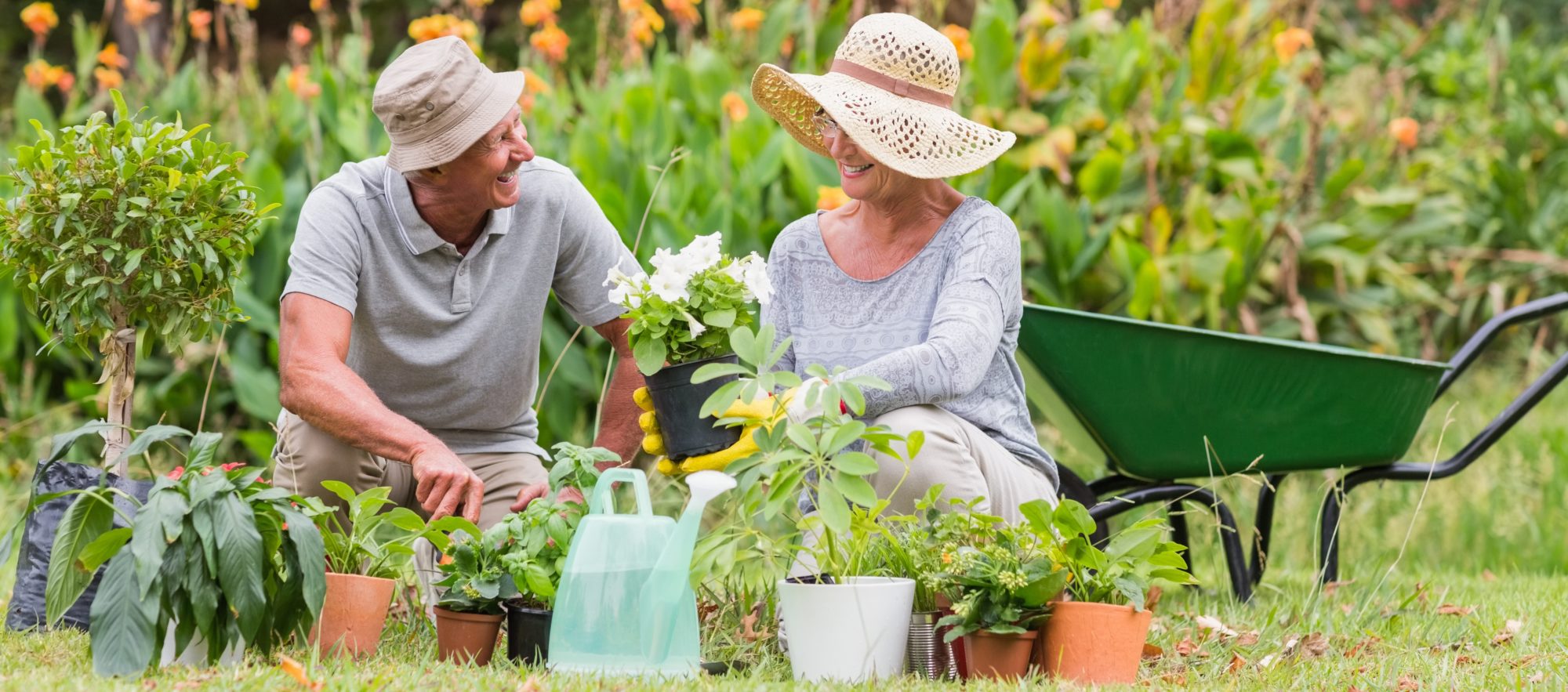Understanding the Various Sorts Of Gardening and Just How They Add to a Healthier Lifestyle and Setting
Benefits of Vegetable Horticulture
Many people are significantly identifying the myriad advantages of vegetable gardening as a vital part of a much healthier way of living. Taking part in veggie horticulture offers numerous physical health and wellness advantages, including increased exercise, which improves cardio health and promotes overall fitness. The act of growing, weeding, and harvesting needs movement and can help battle inactive behaviors, adding to weight administration and boosted muscle tone.
In addition, growing one's own vegetables considerably enhances nutritional top quality. Organic fruit and vegetables is frequently fresher and more nutrient-dense contrasted to store-bought alternatives, as it can be consumed soon after harvest. This access encourages a greater consumption of fruits and veggies, which are necessary for avoiding persistent conditions.
Furthermore, veggie horticulture promotes mental health by offering a therapeutic electrical outlet for anxiety relief and relaxation. The act of having a tendency to plants can be meditative, permitting people to link with nature and leave the stress of every day life. The sustainable technique of growing one's own food lowers dependence on industrial farming, adding to ecological conservation and promoting biodiversity. Jointly, these benefits emphasize the significance of vegetable gardening as a cornerstone of a much healthier way of life.
Discovering Blossom Horticulture

In addition to visual advantages, blossom gardening supports neighborhood environments. Numerous flowering plants draw in pollinators, such as and butterflies, which are essential for preserving biodiversity. The visibility of diverse flora can also enhance soil health, as numerous plants add to vitamins and mineral cycling and boost dirt structure.
Additionally, blossoms can play a significant function in promoting sustainable techniques. Several gardeners choose indigenous or drought-resistant species, which need less water and marginal chemical inputs. This strategy not just benefits the environment yet additionally motivates responsible gardening behaviors.
Inevitably, blossom horticulture acts as an important part of an alternative horticulture technique. Gardening. By cultivating charm and supporting neighborhood communities, it balances with vegetable horticulture and underscores the relevance of supporting both our physical and psychological wellness through nature
Container Horticulture Advantages
Container gardening deals numerous benefits that make it an attractive option for both newbie and seasoned garden enthusiasts. One of the key advantages is its adaptability; containers can be positioned on patios, terraces, or also inside your home, enabling horticulture in spaces with limited ground gain access to. This versatility makes it possible for people in metropolitan environments or those with small lawns to cultivate plants efficiently.
Furthermore, container horticulture offers boosted control over soil high quality and dampness levels. Gardeners can pick specific dirt blends to optimize plant wellness and minimize concerns like weeds and parasites. The flexibility of containers additionally permits simple click here for more info moving to make best use of sunshine exposure or safeguard plants from stormy weather.
Moreover, container gardens can be cosmetically pleasing, offering a possibility for creativity in layout. Gardening. They can serve as ornamental aspects that improve outside or indoor areas while advertising biodiversity by drawing in pollinators
Lastly, container gardening can contribute to a much healthier way of living by encouraging exercise, as it usually involves training, planting, and preserving plants. Generally, the benefits of container horticulture make it an easily accessible and gratifying method for those seeking to boost their lifestyle and setting.
The Rise of Vertical Gardening
As urban areas become significantly crowded, the trend of vertical horticulture has actually removed, enabling individuals to maximize their horticulture capacity in limited locations. This innovative technique entails growing plants in vertical structures, such as wall-mounted planters, trellises, or specialized upright yard systems. The allure of vertical gardening exists not only in its efficient usage of space but likewise in its visual payment to metropolitan atmospheres, changing bare wall surfaces right into lush green landscapes.
Upright yards can be set up in homes, terraces, and area rooms, supplying a system for expanding a variety of plants, including natural herbs, veggies, and decorative flowers. This method encourages biodiversity and can improve air quality by filtering contaminants while promoting a connection to nature in densely inhabited areas. In addition, vertical gardening offers useful advantages, such as enhanced return per square foot, making it an eye-catching alternative for city gardeners seeking to grow their own food.

Sustainable Practices in Gardening
Welcoming lasting practices in horticulture is essential for advertising ecological health and wellness and ensuring the practicality of our natural deposits. Sustainable horticulture strategies focus on reducing environmental impact, conserving water, and cultivating biodiversity. By executing practices such as organic horticulture, garden enthusiasts can decrease making use of artificial plant foods and chemicals, which can damage local ecological communities.
Friend growing More hints is one more effective sustainable approach, where specific plants are grown with each other to boost growth and prevent insects naturally. Furthermore, making use of indigenous plants in landscaping supports local wildlife and needs less upkeep, as they are inherently adjusted to the local environment and dirt problems.
Water preservation methods, such as rainwater harvesting and drip irrigation, help to successfully manage water sources, therefore reducing waste. Composting natural waste not just enhances the soil but also lowers land this page fill payments, promoting a circular economic climate.
Finally, exercising crop turning and cover chopping improves soil wellness and minimizes the threat of insect infestations. By integrating these sustainable practices, gardeners can develop resilient communities that add to a healthier way of living while safeguarding the setting for future generations.
Conclusion

To conclude, the varied methods of gardening, including vegetable, blossom, container, and upright gardening, jointly advertise a healthier lifestyle and enhance environmental sustainability. Each kind supplies distinctive advantages, from providing fresh produce and bring in pollinators to enhancing minimal spaces and motivating biodiversity. By fostering lasting techniques, these horticulture approaches not just contribute to individual well-being yet also support more comprehensive eco-friendly conservation efforts, eventually lowering dependence on commercial farming and improving neighborhood durability.